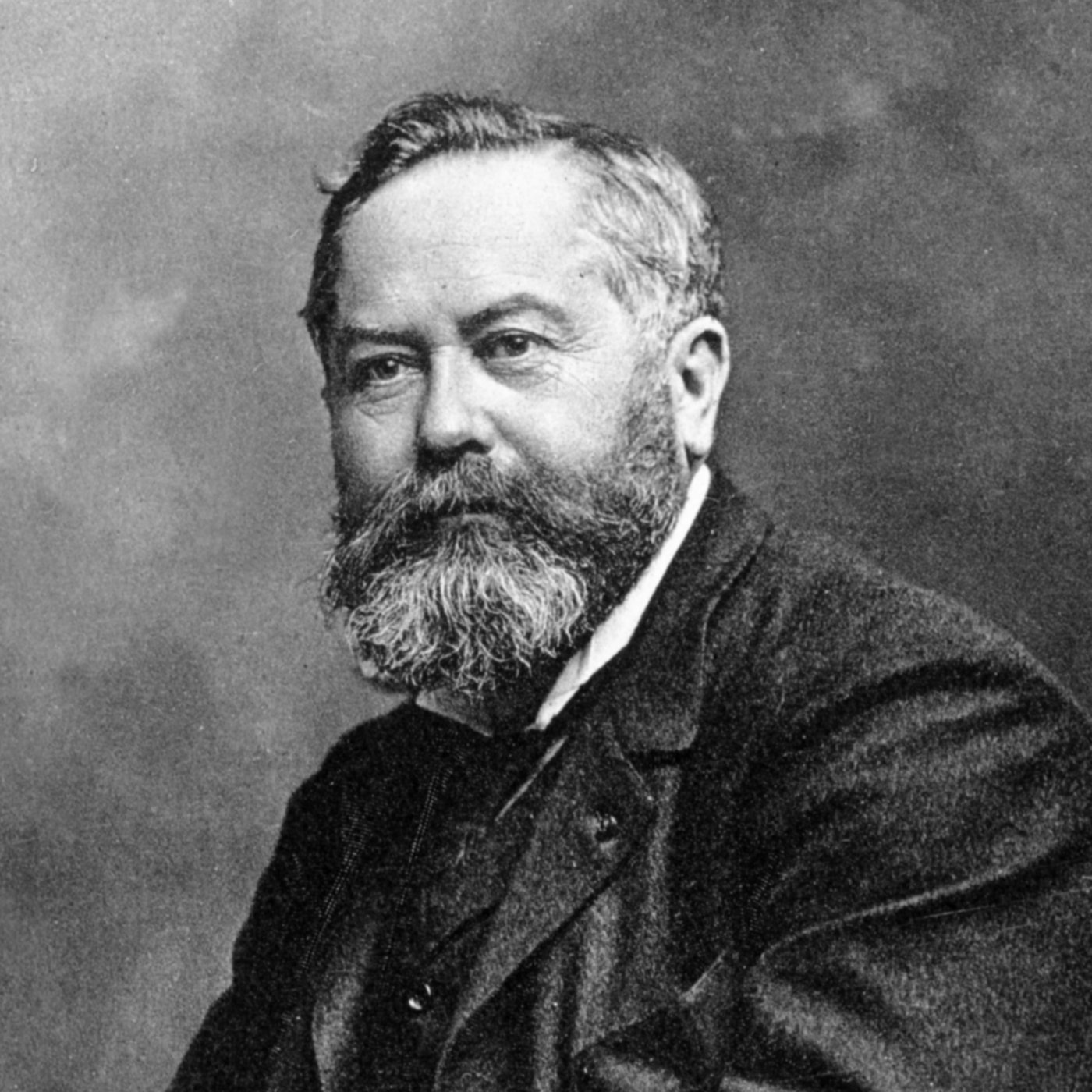After studying at the École Normale Supérieure, obtaining an agrégation (high-level teaching qualification) in sciences, and a year spent teaching at the Lycée de Nîmes, Charles Chamberland, who had a keen interest in research, joined Louis Pasteur's laboratory at rue d’Ulm, Paris in 1875, at the age of 24.
 Collaboration with Louis Pasteur
Collaboration with Louis Pasteur

His first assignment was to demonstrate that the conclusions of an English physician who was a proponent of spontaneous generation were erroneous. In 1878, Louis Pasteur named him as co-author of his famous work, “The Germ Theory and Its Applications to Medicine and Surgery,” which asserted that every infectious disease was caused by a specific germ. The following year, Pasteur appointed him deputy director of his laboratory. Chamberland became involved in studying anthrax in sheep, which in 1881 would lead to a veterinary vaccine for the disease, a vaccine that he played a major part in developing. He then studied rabies under Louis Pasteur and Émile Roux (another of Pasteur’s disciples, who joined the laboratory two years after Chamberland). This work culminated in the vaccine that would make Louis Pasteur famous after the initial vaccinations on humans in 1885.
This success led to the opening of the Institut Pasteur, and Chamberland played an active part in the organization of the future institute, which opened in 1888. He was appointed head of the department of microbiology applied to hygiene and of the department of vaccines, becoming assistant director of the Institut Pasteur in 1904.
“Chamberland” tools
During the years when he was assisting Louis Pasteur, Chamberland also undertook his own work and designed sterilization tools that were a great success. He also became involved in politics. Elected a representative (député) for the Jura region in 1885, he was one of the authors of the first public hygiene bill. This man who, in the words of Émile Roux, “was admired by all those who came into contact with him” died prematurely, at the age of 57, from lung cancer.
The autoclave and filterIn 1879, Charles Chamberland defended his PhD thesis in the physical sciences entitled “Research on the origin and development of microscopic organisms.” This marked the starting point for his work on the sterilization of culture media. He designed a disinfection chamber that would bear his name, the Chamberland autoclave, which quickly became the indispensable tool for bacteriology laboratories, surgery departments and disinfection stations. A few years later, in 1884, he developed a filter to eliminate microbes in drinking water using a porous porcelain candle he himself designed. The instrument was called the Chamberland filter – also known as a Pasteur-Chamberland filter. The filter was a huge success for many years. It was used to combat the spread of typhoid fever that was prevalent in Paris at the time and was used in research laboratories, leading to the discovery of diphtheria and tetanus toxins. |
Timeline of the life of Charles Chamberland> March 12, 1851 > 1871-1874 > 1874-1875 > 1875-1879 > 1878-1880 > 1879 > 1879-1888 > 1881 > 1884 > 1885-1889 > 1886-1888 > 1888-1904 > 1900 > 1904-1908 > May 2, 1908 |
Photo: Charles Chamberland © Institut Pasteur/Musée Pasteur


